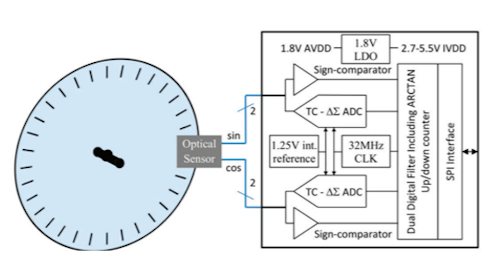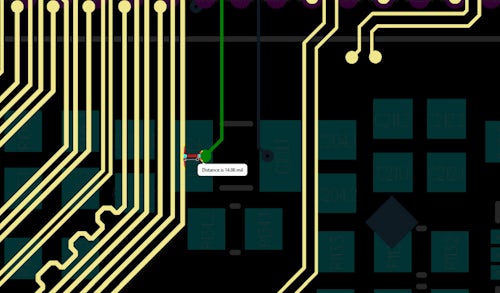How do you quickly create accurate P&ID documents to meet company and international quality standards without delaying time-to-market? Although companies rely on P&IDs as a critical component of the plant design process, creating and managing them can be challenging. In this white paper, we’ll review the challenges of creating P&ID documents and solutions to improve accuracy, speed and quality.
The importance of P&ID documents
As the first link in the process chain, these 2D flow diagrams are among the most important documents in plant planning and are often referred to as the “system bible.” P&ID diagrams are also used to communicate potential projects to prospects as part of a plant design proposal and represent a contract of what will be delivered if the proposal is accepted.
Addressing the challenges of P&ID creation
In this white paper, we address the challenges of P&ID creation in detail – and present a solution to the common challenges in plant planning, particularly when it comes to creating 2D piping and instrument flow diagrams (P&ID).
Solid Edge for modular plant design
From 2D pipe planning to full-scale 3D piping systems, Solid Edge modular plant design solutions streamline workflow processes. Linked 3D piping, support for piping and instrumentation diagrams (P&ID) and Isogen® output ensure that your products are designed right—the first time, and every time. These software modules allow users to easily capture design intent/logic in a 2D schematic, then develop 2D P&IDs into a comprehensive 3D model of a process plant. Learn more at www.siemens.com/pid-design
Challenges of traditional P&ID creation methods
When P&ID diagrams are created manually, either through a paper-based system or a combination of a 2D drawing and spreadsheets, they can easily become inaccurate or out of date. This can lead to:
- Delayed request for quotation (RFQ) responses
- Unrecouped costs
- Higher levels of scrap.
.png?auto=format,compress&w=900&fit=max&q=60)


